This Chinese house blends minimalism and red accents
Red Box is a house in China that combines calm, clean, minimalism with red accents and a geometric exterior, courtesy of local practice AD Architecture
Ouyang Yun - Photography
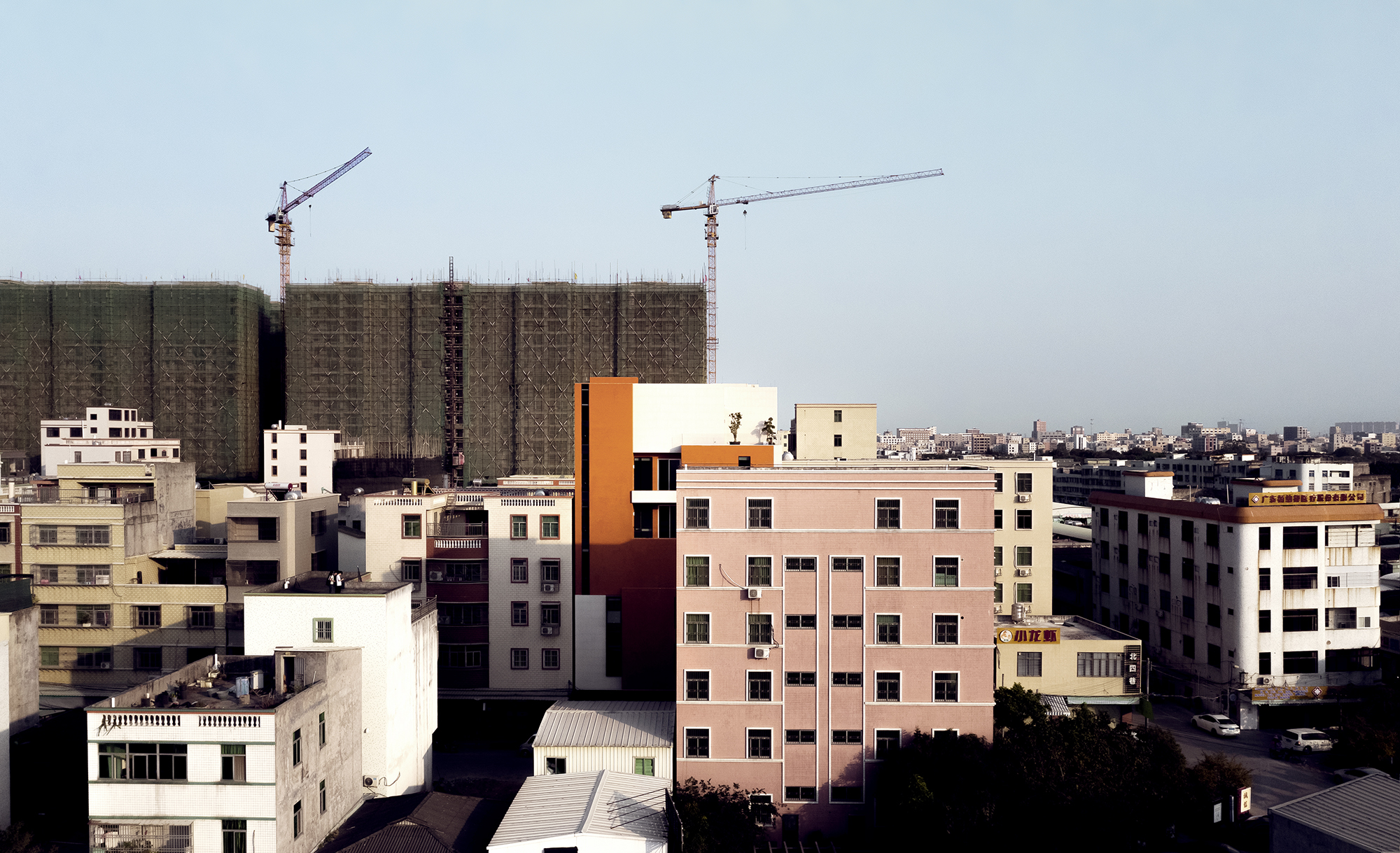
A minimalist aesthetic of clean surfaces and neutral, light colours blends with red accents in this Chinese house in Xinxi Town. The project, a new-build family residence in the heart of the city’s Zhongsanhe Village, a bustling area that retains a traditional feel, is the brainchild of Chinese practice AD Architecture. Named Red Box, the house is a geometric composition that resembles an architectural Tetris game from the outside, while revealing a haven of calm inside.
Combining red split bricks and white matt tiles, the house features an eye-catching façade that cuts a clean, contemporary figure among its neighbours. Spanning seven floors, the residence also includes retail on the ground floor and a commercial space above this. The home occupies the composition’s upper levels, enjoying long views of the cityscape.

Inside, the sense of serenity and domestic calm is underlined by the use of cool, natural materials in neutral colour tones. There is a white marble floor in the living room and dining area, while the bedrooms and family room are clad in milky-white paint and wood veneers that add warmth to the whole. Meanwhile, red accents in the bespoke kitchen cabinetry and among the furniture – such as the distinctive sofas in the living space – subtly echo the exterior red brick wall.
Part of the architects’ goal was to create something that feels entirely tailormade to the residents’ needs, instead of mimicking surrounding architecture. AD Architecture’s chief designer Xie Peihe, a local to Xinxi Town, felt the need to challenge the local norm. ‘[I wanted] to explore new possibilities of connecting the present and the future,’ he says, ‘breaking and redefining the status quo, while retaining the intimate relationship between people and architecture.
‘[Eventually, the design] may not represent a sea change, but it does make a difference to the residents’ lives,’ he adds. ‘And it is a process I enjoy.

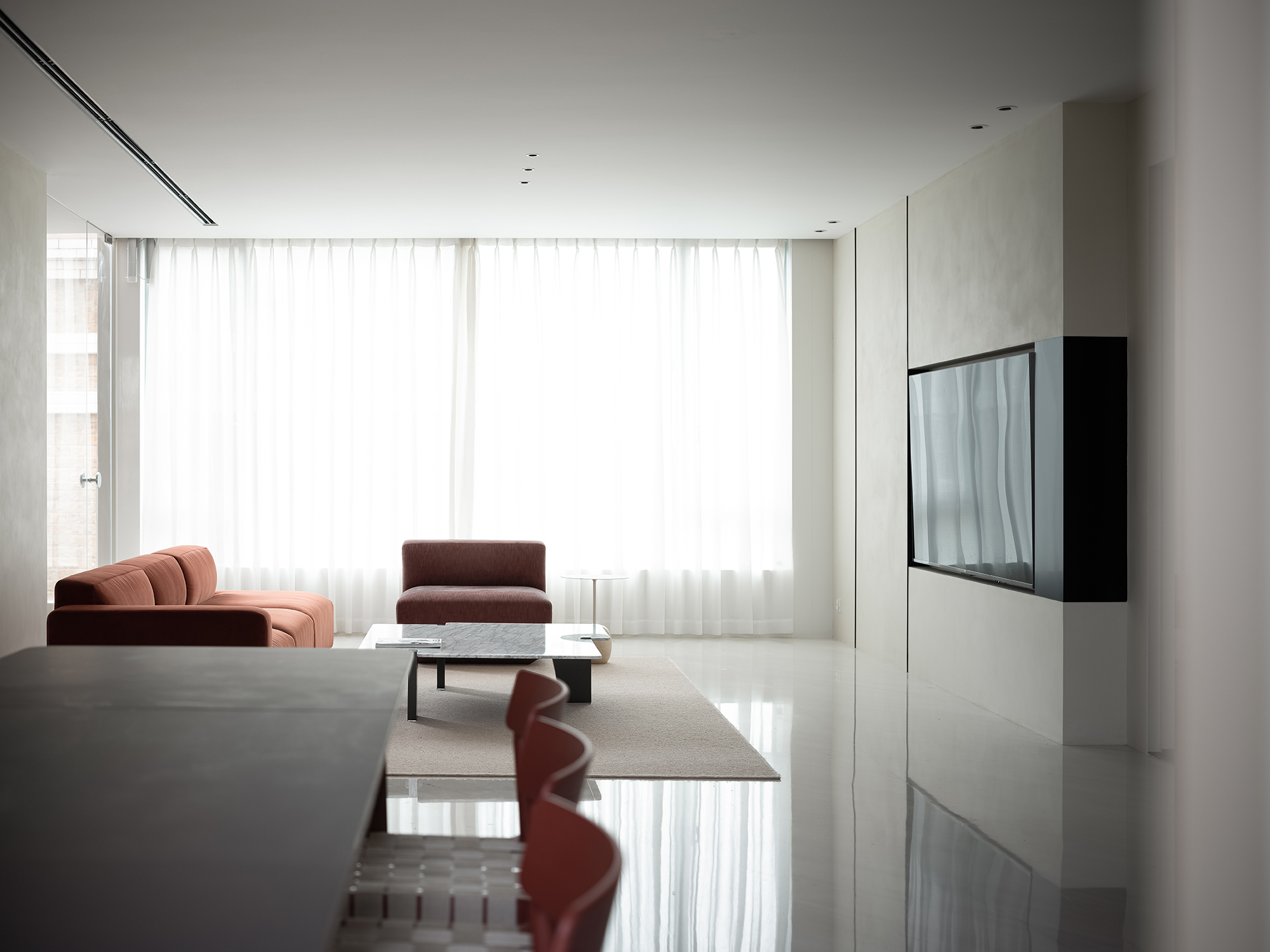
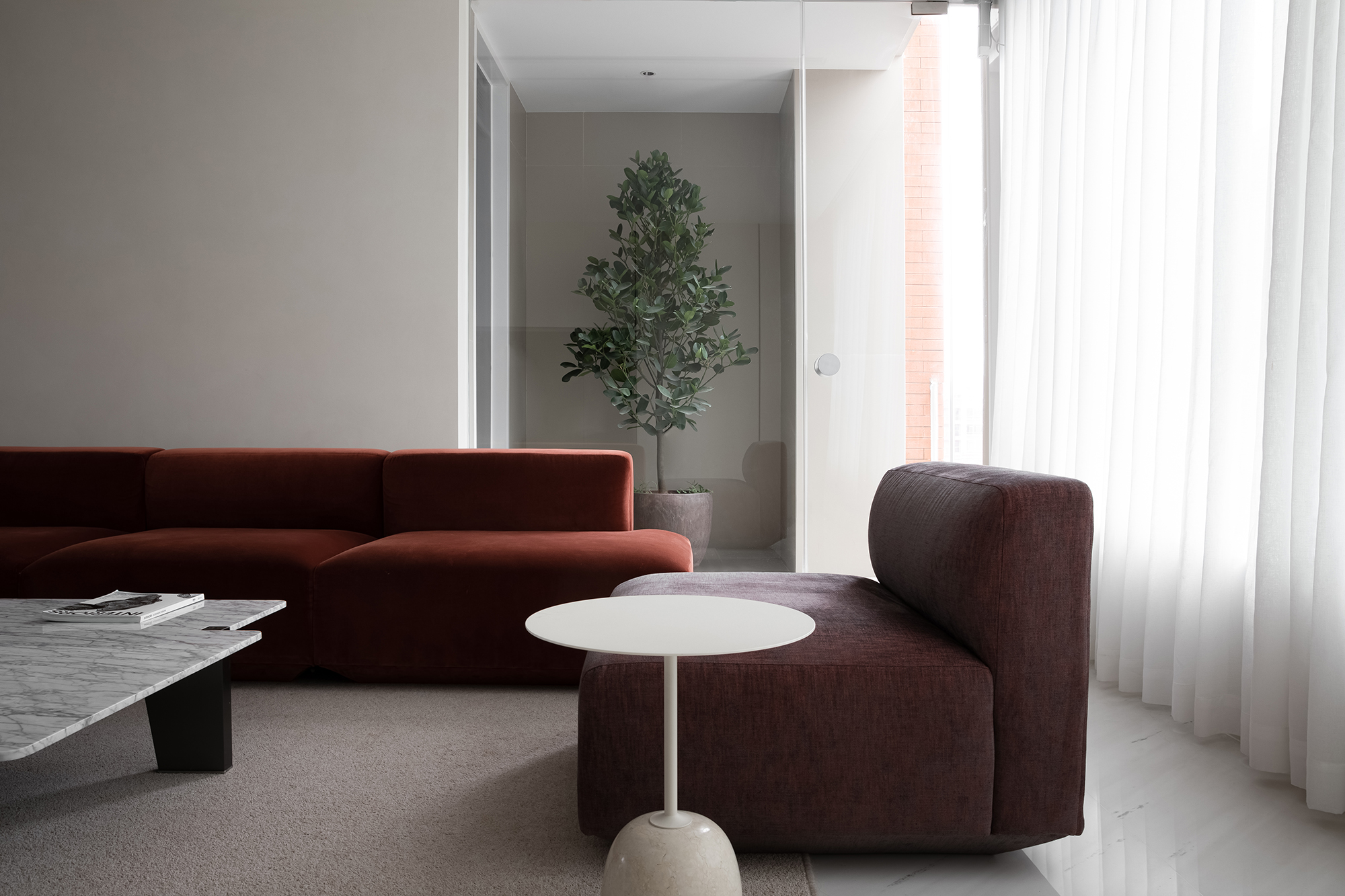
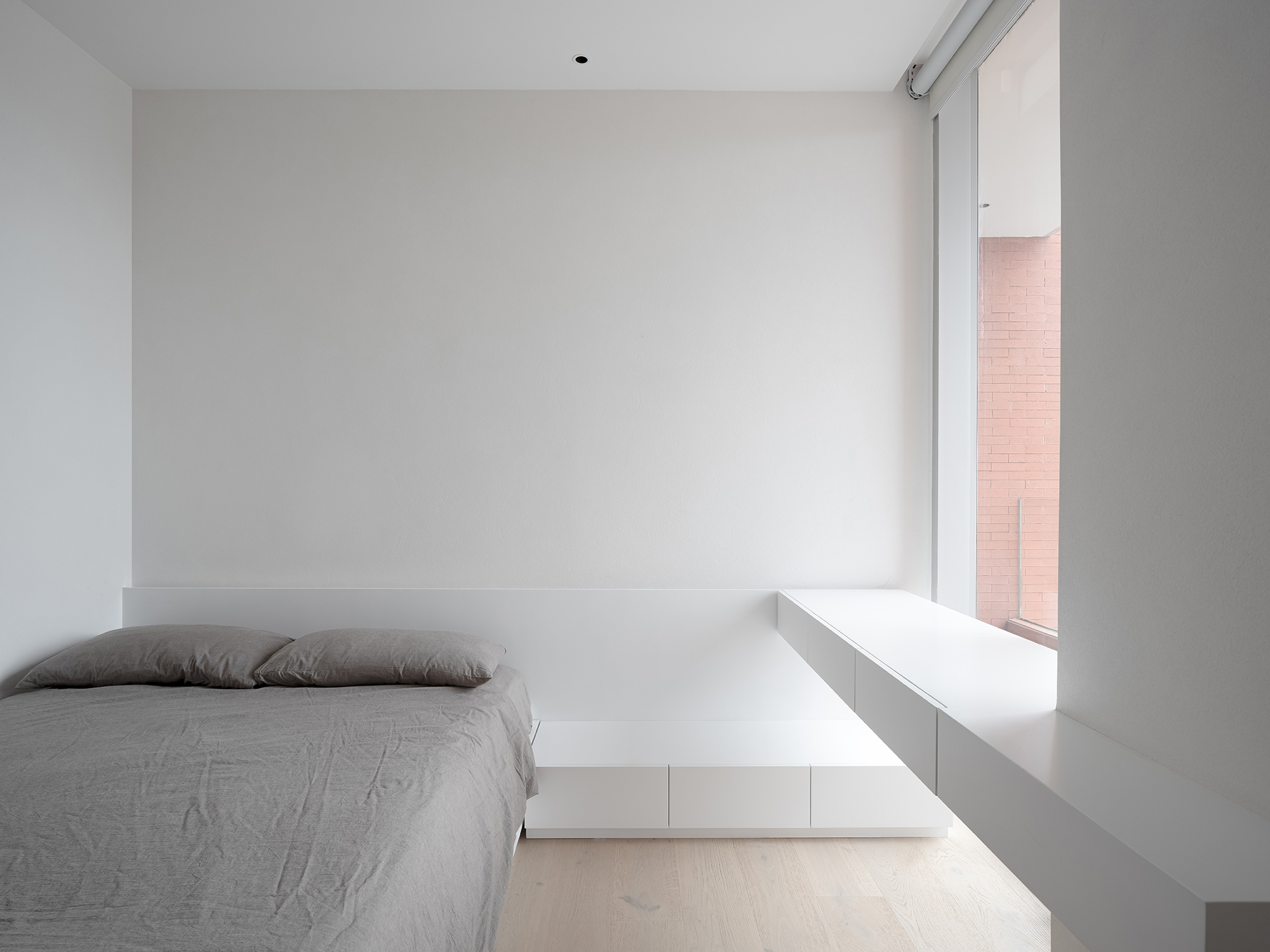
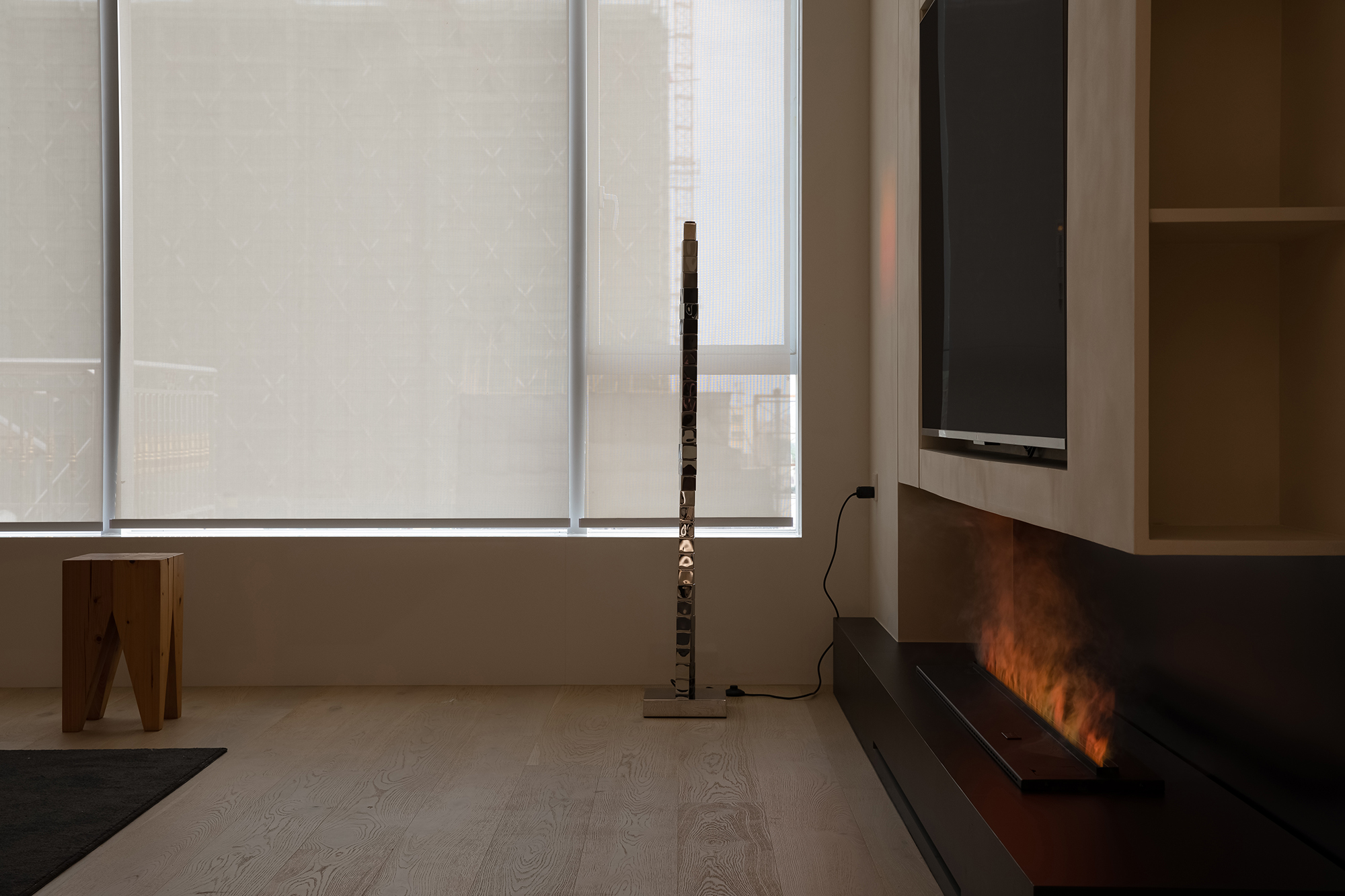
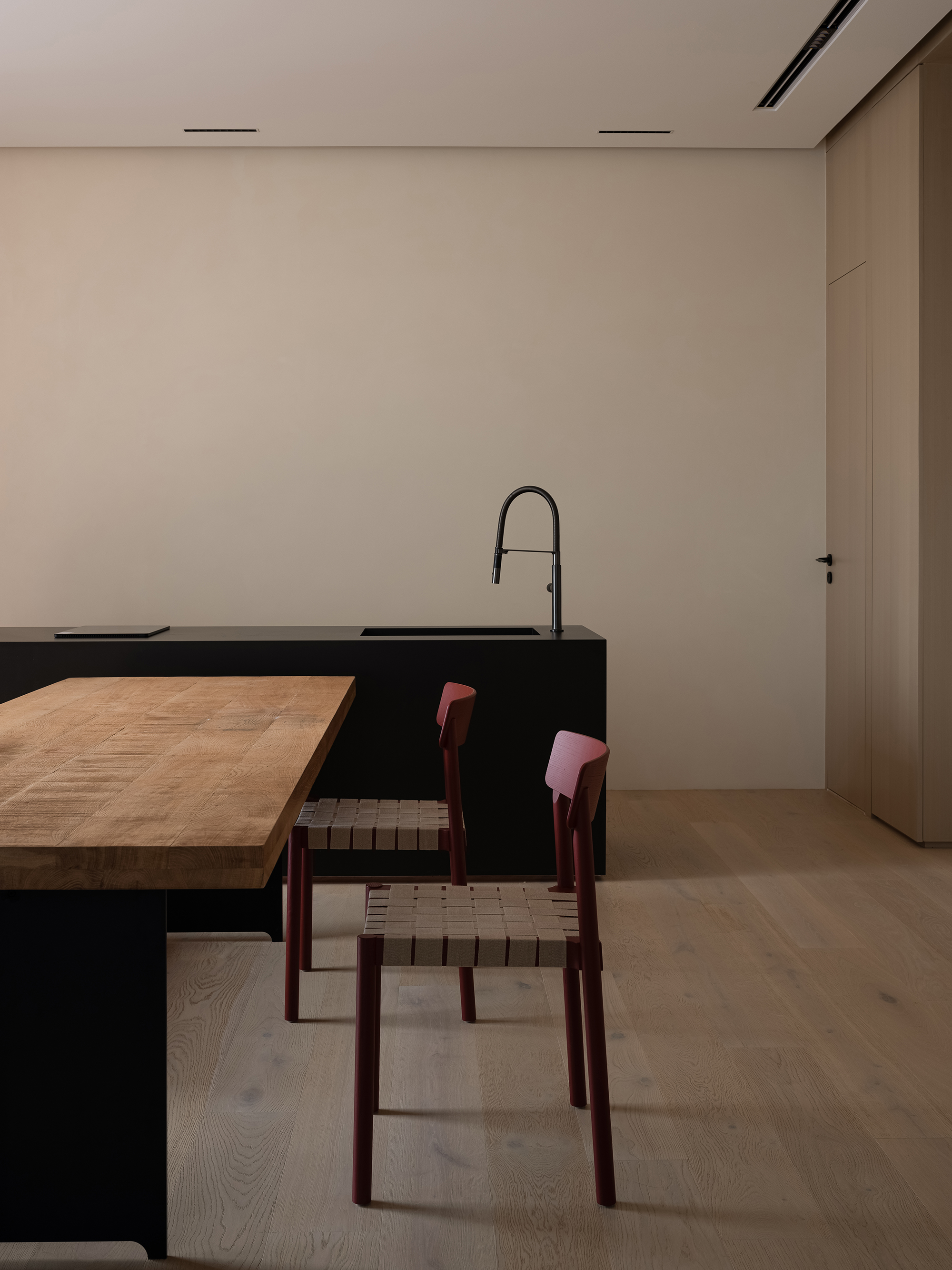
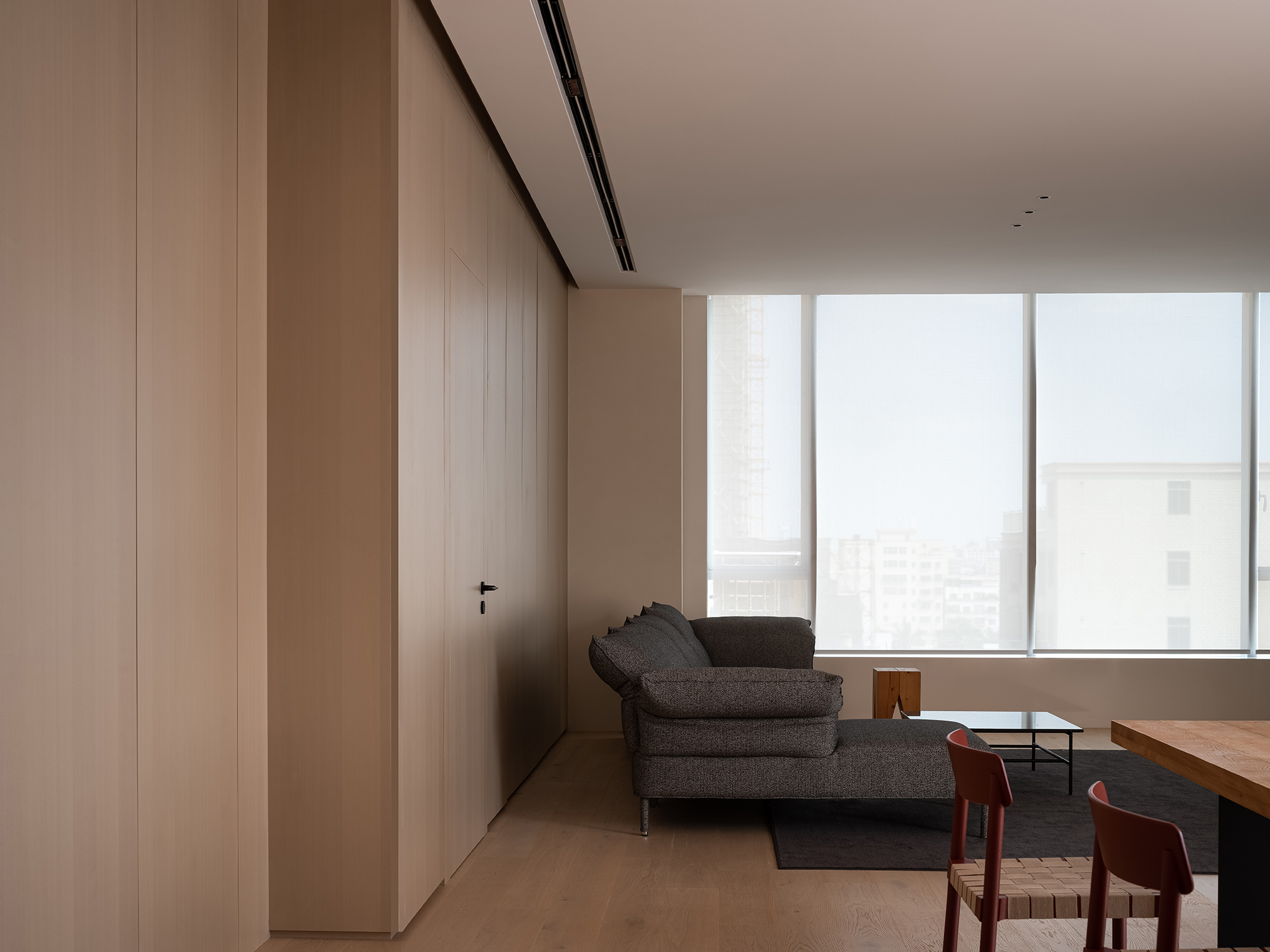

INFORMATION
Receive our daily digest of inspiration, escapism and design stories from around the world direct to your inbox.
Ellie Stathaki is the Architecture & Environment Director at Wallpaper*. She trained as an architect at the Aristotle University of Thessaloniki in Greece and studied architectural history at the Bartlett in London. Now an established journalist, she has been a member of the Wallpaper* team since 2006, visiting buildings across the globe and interviewing leading architects such as Tadao Ando and Rem Koolhaas. Ellie has also taken part in judging panels, moderated events, curated shows and contributed in books, such as The Contemporary House (Thames & Hudson, 2018), Glenn Sestig Architecture Diary (2020) and House London (2022).
-
 These Kickstarter catastrophes and design duds proved tech wasn’t always the answer in 2025
These Kickstarter catastrophes and design duds proved tech wasn’t always the answer in 2025Odd ideas, Kickstarter catastrophes and other haunted crowd-funders; the creepiest, freakiest and least practical technology ideas of 2025
-
 This floating river cabin in Serbia is a peaceful haven inspired by old shipyards
This floating river cabin in Serbia is a peaceful haven inspired by old shipyardsThis Sava River cabin, a floating design by Aleksandar Stanković, is an intimate home, perfect for leisurely afternoons, cold water swimming and weekend stays
-
 2026 horoscope: design for every star sign
2026 horoscope: design for every star signFor the Wallpaper* 2026 horoscope, we asked Italian astrologist Lumpa what the stars have in store for the year ahead, and what design objects each sign will need to face the new year
-
 Wang Shu and Lu Wenyu to curate the 2027 Venice Architecture Biennale
Wang Shu and Lu Wenyu to curate the 2027 Venice Architecture BiennaleChinese architects Wang Shu and Lu Wenyu have been revealed as the curators of the 2027 Venice Architecture Biennale
-
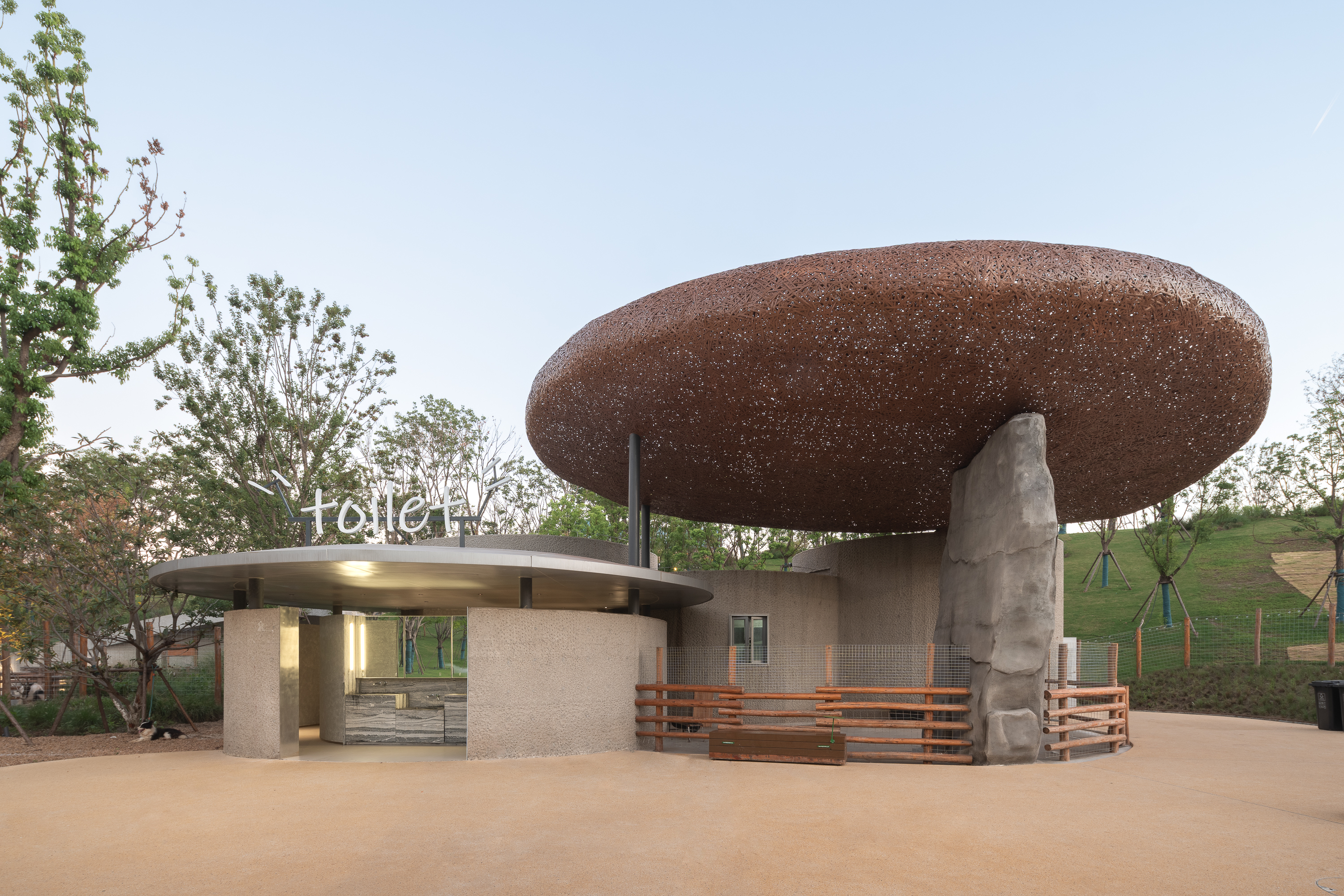 Tour this Chinese eco-farm, an imaginative wonderland connecting visitors with nature
Tour this Chinese eco-farm, an imaginative wonderland connecting visitors with natureLuxeIsland Farm by Various Associates is an eco-farm and visitor attraction in China’s picturesque Wuhan region; take a stroll across its fantastical landscape
-
 Honouring visionary landscape architect Kongjian Yu (1963-2025)
Honouring visionary landscape architect Kongjian Yu (1963-2025)Kongjian Yu, the renowned landscape architect and founder of Turenscape, has died; we honour the multi-award-winning creative’s life and work
-
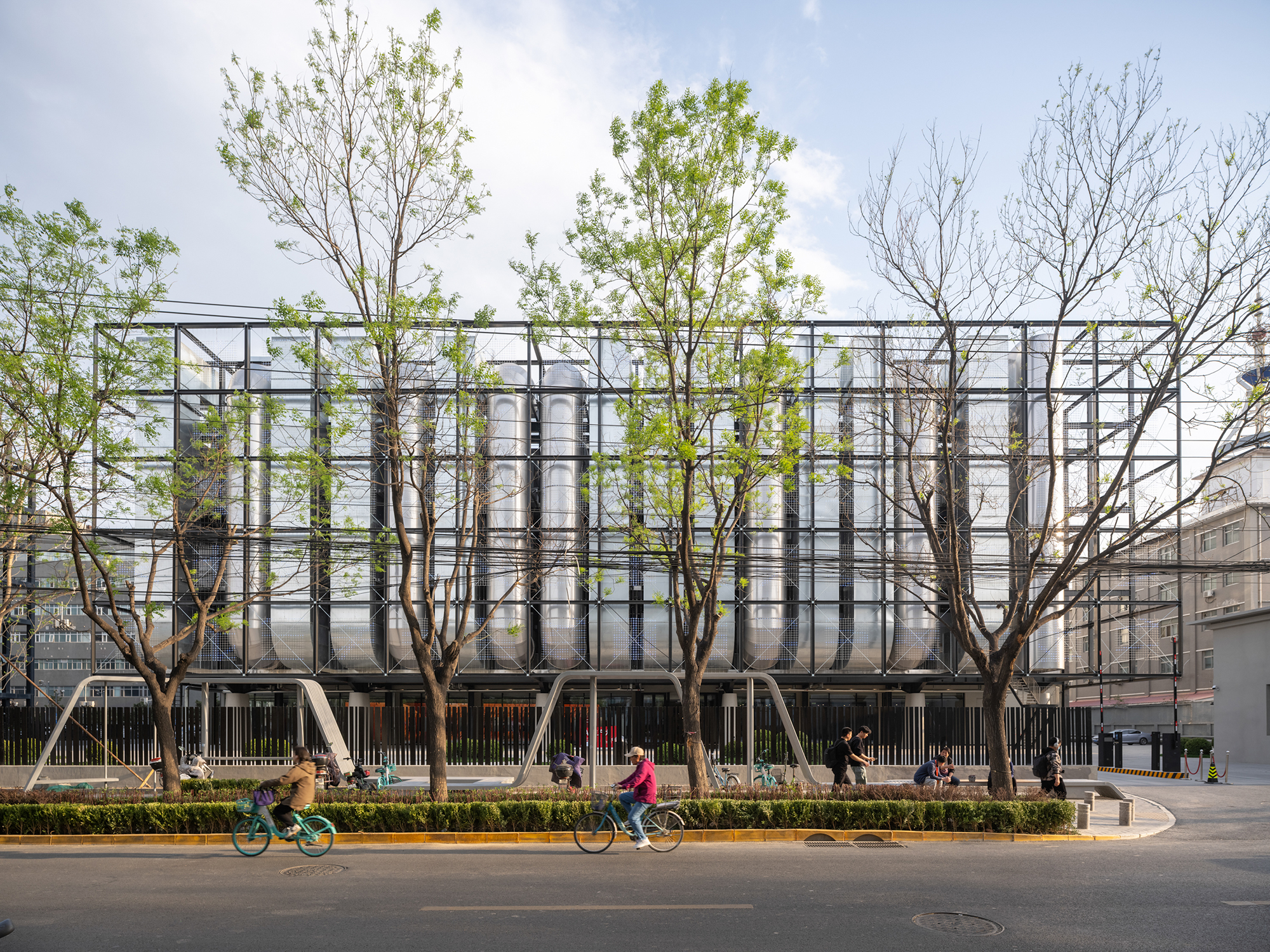 A new AI data centre in Beijing is designed to evolve and adapt, just like the technology within
A new AI data centre in Beijing is designed to evolve and adapt, just like the technology withinSpecialised data centre Spark 761, designed by llLab, is conceived as a physical space where humans and AI technology can coexist
-
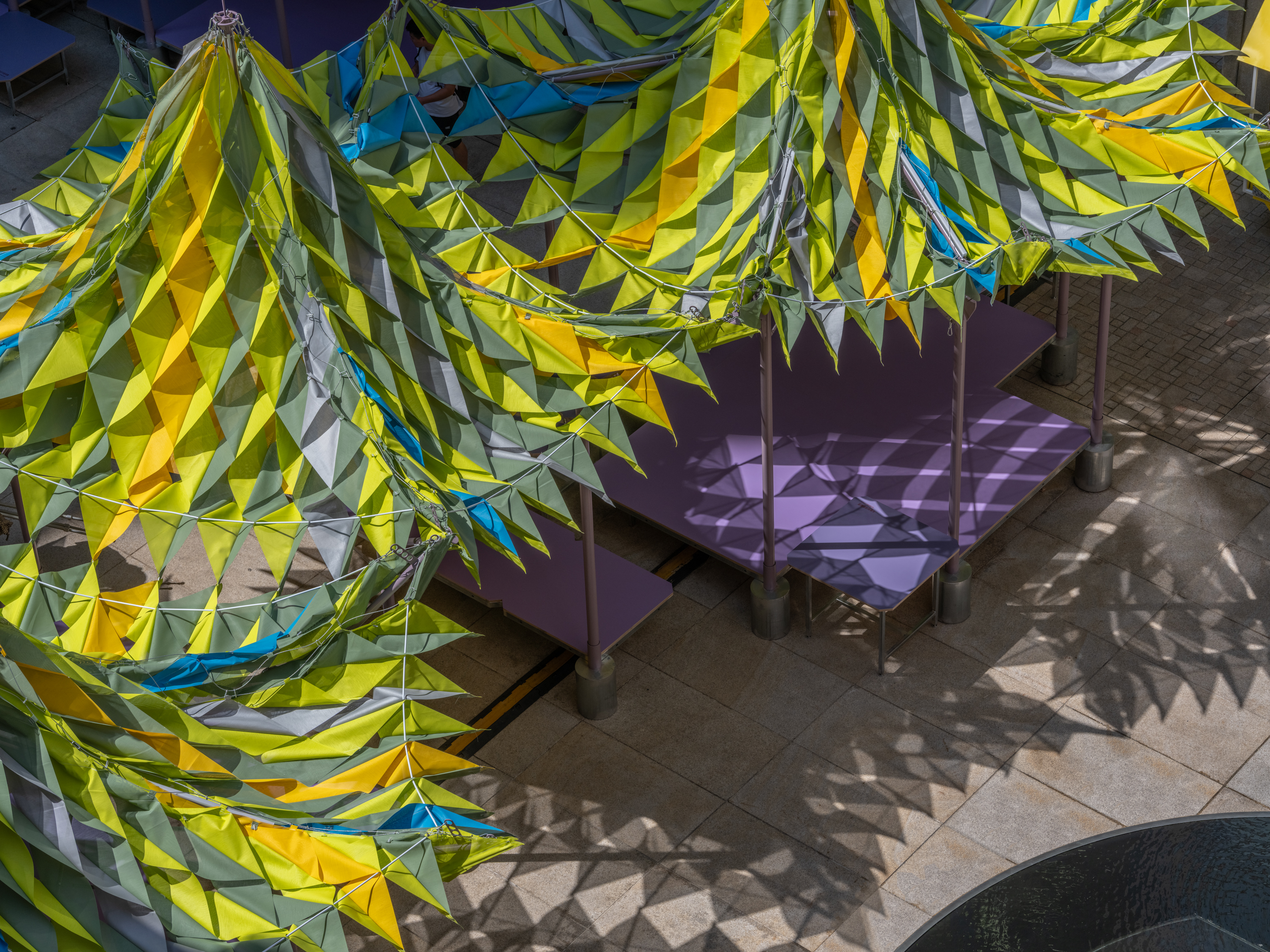 Shanghai’s biennial, RAMa 2025, takes architectural exploration outside
Shanghai’s biennial, RAMa 2025, takes architectural exploration outsideRAMa 2025, the architecture biennial at Rockbund Art Museum in Shanghai, launches, taking visitors on a journey through a historic city neighbourhood – and what it needs
-
 A Tokyo home’s mysterious, brutalist façade hides a secret urban retreat
A Tokyo home’s mysterious, brutalist façade hides a secret urban retreatDesigned by Apollo Architects, Tokyo home Stealth House evokes the feeling of a secluded resort, packaged up neatly into a private residence
-
 Atelier About Architecture’s ‘house within a house, and garden within a garden’
Atelier About Architecture’s ‘house within a house, and garden within a garden’House J in Beijing, by Atelier About Architecture, is an intricate remodelling complete with a hidden indoor garden and surprising sight lines
-
 A nature-inspired Chinese art centre cuts a crisp figure in a Guiyang park
A nature-inspired Chinese art centre cuts a crisp figure in a Guiyang parkA new Chinese art centre by Atelier Xi in the country's Guizhou Province is designed to bring together nature, art and community